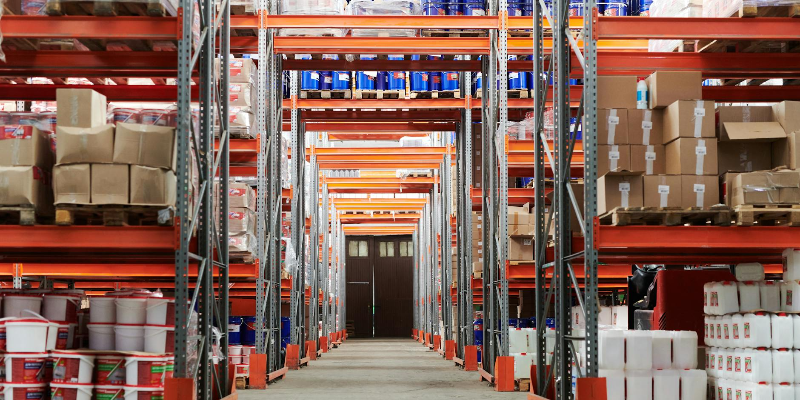Related Post






In today’s rapidly evolving supply chain landscape, traditional brick-and-mortar warehousing methods are no longer sufficient. To stay competitive and meet increasing consumer demands, businesses must embrace smart warehousing — a transformative approach powered by advanced technologies and digitization. This shift is essential to futureproof supply chain operations and unlock new levels of efficiency, accuracy, and agility.
Harnessing AI for Smarter Inventory Management
One of the cornerstones of smart warehousing is the use of
artificial intelligence (AI) to revolutionize inventory management. By
leveraging predictive analytics based on historical sales data and market
trends, AI enables companies to forecast demand with remarkable accuracy. This
proactive approach minimizes waste, prevents stockouts, and eliminates the
guesswork traditionally associated with inventory planning. As a result,
businesses can maintain optimal stock levels, reduce carrying costs, and improve
customer satisfaction through timely product availability.
Real-Time Tracking for Enhanced Visibility
Smart warehouses utilize cutting-edge technologies such as
RFID and barcode scanners to provide real-time inventory tracking. This
visibility ensures that every item is accounted for at all times, enhancing
security and enabling faster, more accurate stock replenishment. Real-time
tracking also helps prevent costly losses and errors, giving warehouse managers
the confidence to make informed decisions quickly and efficiently.
Automation: Addressing Labor Challenges and Boosting Efficiency
Labor shortages, high turnover rates, and skill gaps pose
significant challenges for warehouse operations. Automation, through robotics
and autonomous vehicles, offers a powerful solution. By automating repetitive
and physically demanding tasks, warehouses can reduce reliance on manual labor,
increase throughput, and improve workplace safety. This not only addresses
workforce challenges but also drives operational efficiency, enabling
businesses to scale and adapt to fluctuating demand.
Cloud-Based Solutions for Seamless Coordination
The adoption of cloud-based platforms is another critical
element of smart warehousing. These solutions provide real-time visibility into
warehouse operations, allowing managers to monitor performance, identify
bottlenecks, and resolve issues proactively. Cloud technology also facilitates
remote access, empowering decision-makers to stay connected and responsive
regardless of location. This transparency enhances collaboration across teams
and supports data-driven strategies that optimize overall supply chain
performance.
Integrating the Supply Chain for Greater Agility
Smart warehousing goes beyond individual facilities by
integrating seamlessly with manufacturing, transportation, and retail
operations. This end-to-end connectivity breaks down silos and fosters better
communication and data sharing across the supply chain. The result is improved
coordination, faster response times to demand fluctuations, and a more
resilient supply chain capable of adapting to market changes and disruptions.
Conclusion: Embracing Smart Warehousing for a Competitive
Edge
While implementing smart warehousing technologies may seem
complex, the benefits far outweigh the challenges. Businesses that invest in
AI-driven inventory management, real-time tracking, automation, cloud-based
solutions, and supply chain integration position themselves for long-term
success. Smart warehousing is no longer a luxury but a necessity to meet
evolving customer expectations, reduce costs, and enhance operational agility.
In an era defined by rapid change and heightened
competition, smart warehousing is the key to futureproofing supply chain
operations and securing a competitive edge in the marketplace.